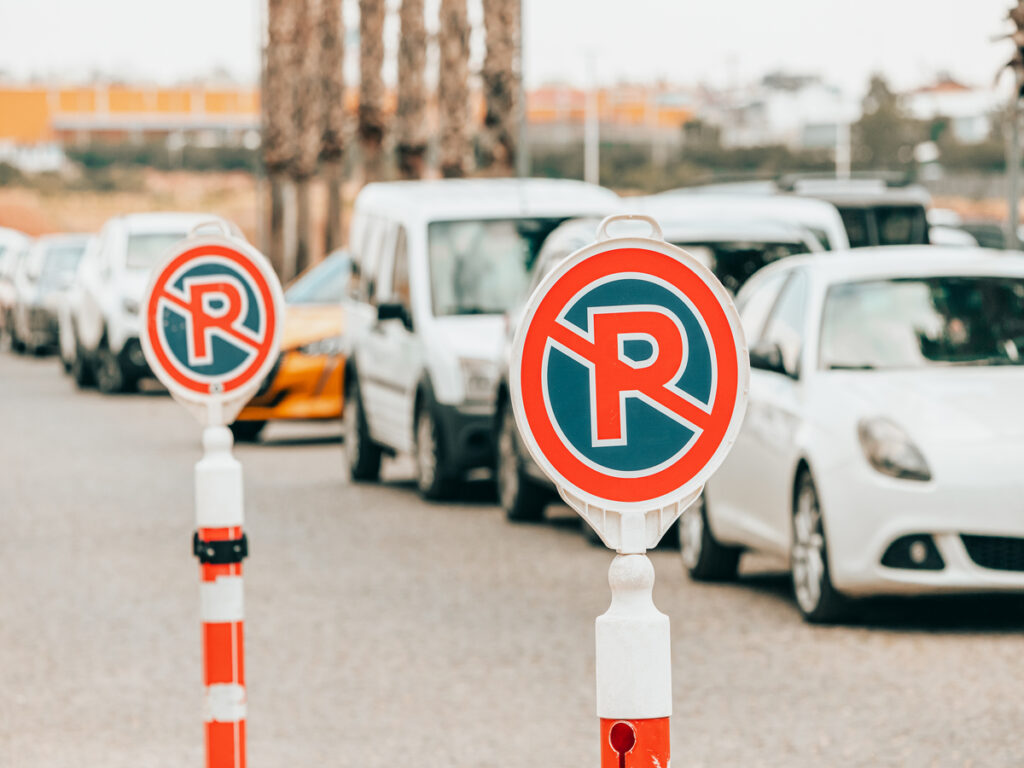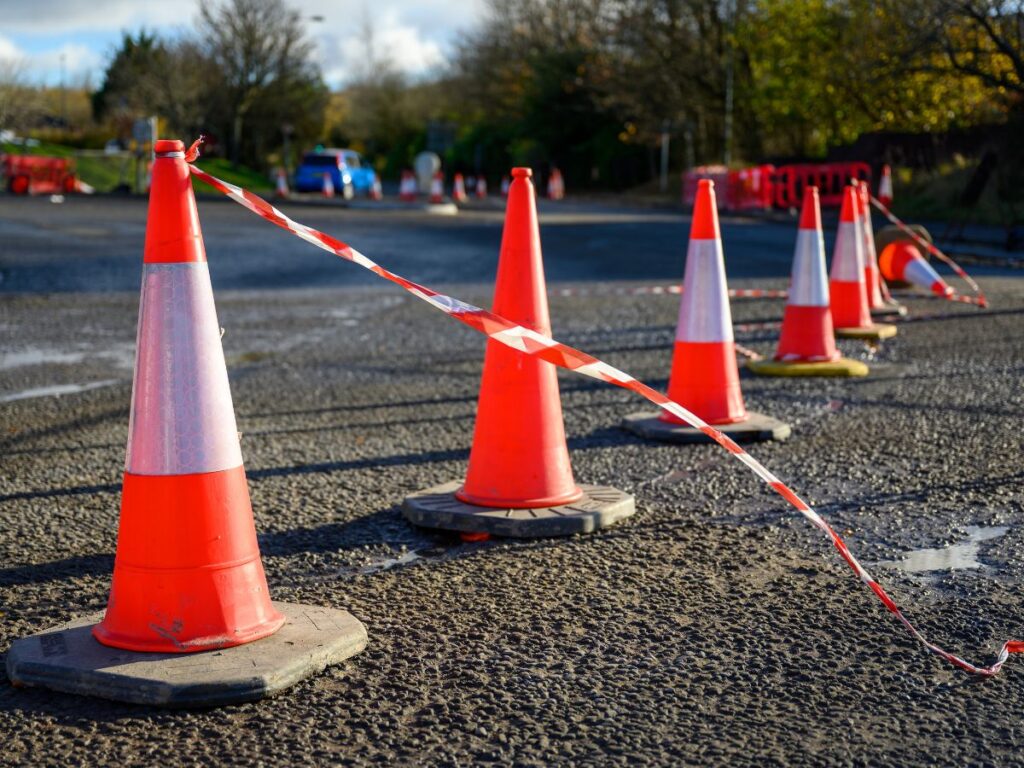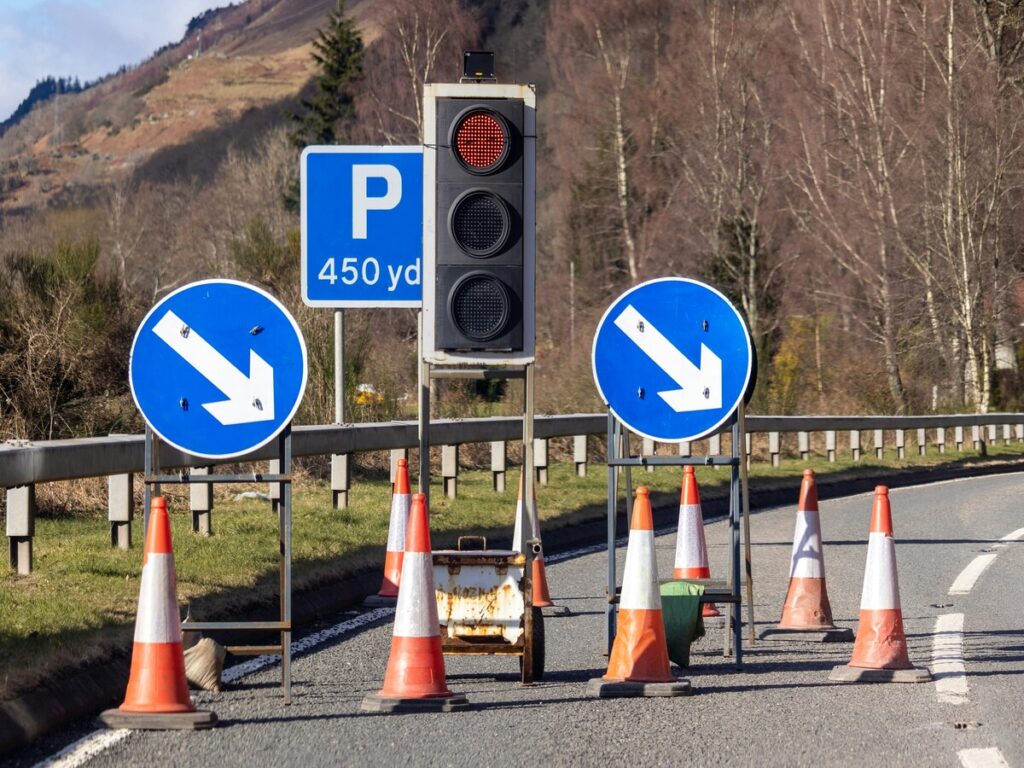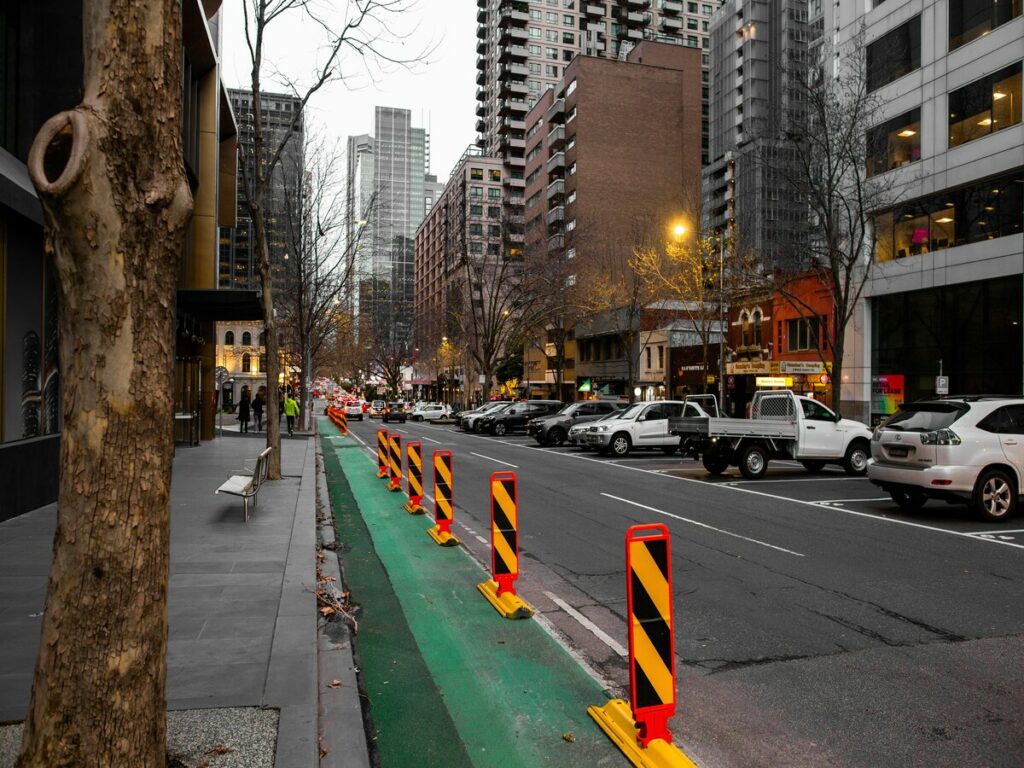
A escolha dos materiais certos para delineadores de pista desempenha um papel crítico para garantir a segurança e a eficiência da estrada. Essas ferramentas guiam os drivers, melhorar a visibilidade, e aprimorar a segurança de pedestres em vários cenários de tráfego. Estudos mostram que delineadores de tráfego eficazes podem reduzir acidentes até 21 por cento, com projetos específicos cortando taxas de acidentes até 36 por cento. Você encontrará postagens delineadoras em aplicações como zonas de construção, Estacionamentos, e pistas de bicicleta, onde eles oferecem alta visibilidade e direção clara. Diferentes tipos de delineadores de pista, como postes flexíveis ou barreiras rígidas, Atenda a diversas necessidades, Fazendo seleção de material essencial para durabilidade e funcionalidade.
Fatores -chave na seleção de materiais para delineadores de pista
Durabilidade
Ao selecionar materiais para delineadores, Durabilidade é um fator crítico. Você precisa de um material que suporta clima duro, impactos, e exposição prolongada à luz solar. Delineadores duráveis mantêm sua integridade estrutural, mesmo em áreas de alto tráfego, garantindo que eles tenham desempenho consistente ao longo do tempo. Por exemplo, Marcadores de pavimento elevados feitos de materiais robustos resistindo a rachaduras e desbotamento, tornando-os ideais para uso a longo prazo. Adicionalmente, Materiais como poliuretano e polietileno oferecem excelente flexibilidade, permitindo que os delineadores recuperem sua forma após pequenas colisões. Essa resiliência reduz a necessidade de substituições frequentes, Economizando tempo e recursos.
Funcionalidade
A funcionalidade dos delineadores afeta diretamente sua eficácia na orientação do tráfego. Você deve priorizar os materiais que aprimoram a visibilidade, especialmente em condições de baixa ou alta velocidade. Delineadores de fita reflexivos, por exemplo, melhorar a visibilidade à noite refletindo os faróis, Ajudar os motoristas antecipando as condições da estrada. Marcadores de pavimentos elevados também desempenham um papel vital na marcação de faixas e limites, Garantir que os veículos permaneçam no curso. Materiais com propriedades reflexivas ou cores brilhantes fornecem alta visibilidade, tornando-os adequados para áreas que requerem tomada de decisão rápida, como curvas ou interseções. Além disso, Materiais leves simplificam a instalação, permitindo que você implante delineadores de tráfego com eficiência em vários ambientes.
Custo
O custo é outra consideração essencial ao escolher materiais para delineadores. Enquanto as despesas iniciais podem variar, Você deve avaliar o valor de longo prazo de cada opção. Materiais duráveis como o poliuretano podem ter um custo inicial mais alto, mas oferecem uma solução econômica devido à sua vida útil prolongada. Por outro lado, O polietileno fornece um equilíbrio entre acessibilidade e desempenho, tornando-o uma escolha popular para projetos conscientes do orçamento. Marcadores de pavimento elevados e delineadores de fitas reflexivas também oferecem opções econômicas para aumentar a visibilidade sem comprometer a qualidade. Pesando durabilidade e funcionalidade contra o custo, Você pode selecionar materiais que atendam às suas necessidades sem exceder seu orçamento.
Tipos de materiais usados em delineadores de pista
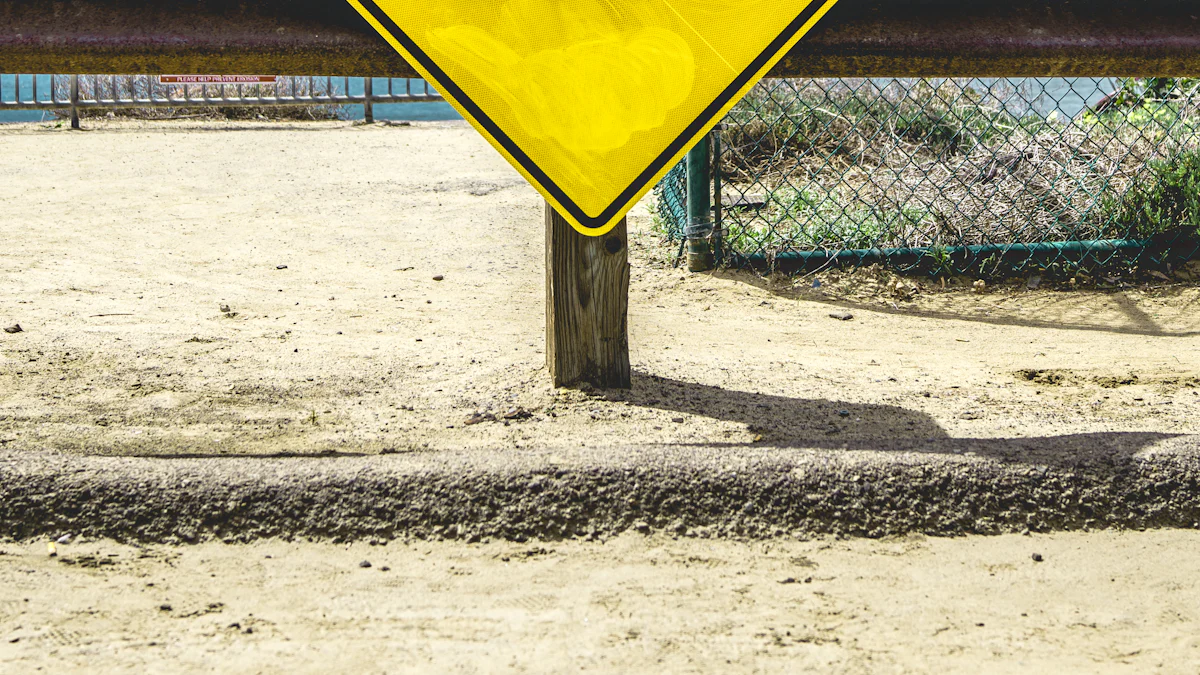
Poliuretano
Propriedades do poliuretano
Poliuretano se destaca por sua durabilidade e flexibilidade. Resiste a desgaste, clima, e abrasão, tornando -o ideal para delineadores de pista. Este material oferece excelente força mecânica e pode ser personalizada para ser macia e flexível ou rígida e rígida. Sua adaptabilidade permite atender às demandas de vários ambientes de tráfego.
Vantagens do poliuretano
Você achará o poliuretano uma escolha confiável para delineadores devido à sua resistência e resistência a rachaduras em condições extremas. Tem um bom desempenho em áreas de alto impacto, Mantendo sua forma e funcionalidade ao longo do tempo. A capacidade do poliuretano de se recuperar depois pequenas colisões o torna adequado para delineadores de tráfego flexíveis e postagens de delineadoras flexíveis-guias. Sua durabilidade reduz os custos de manutenção, fornecendo valor de longo prazo.
Limitações de poliuretano
Enquanto o poliuretano oferece muitos benefícios, é menos elástico que borracha. Isso significa que pode não ter um desempenho tão bom em aplicações que exigem deformação repetida. No entanto, sua resistência e resistência a rasgar compensar esta limitação, especialmente em cenários pesados.
Polietileno
Propriedades do polietileno
Polietileno é um material leve e versátil comumente usado em delineadores. Oferece boa flexibilidade e resistência ao impacto, tornando-o adequado para áreas de alto tráfego. Sua resistência a UV garante que mantenha alta visibilidade, mesmo após a exposição ao sol prolongada.
Vantagens do polietileno
Você apreciará o polietileno por sua acessibilidade e facilidade de instalação. Fornece um equilíbrio entre custo e desempenho, Tornando-a uma escolha popular para delineadores de pista de caça plana tubulares e delineadores de pista de montagem de superfície de rodovias. Sua natureza leve simplifica o transporte e implantação, Economizando tempo e esforço.
Limitações do polietileno
O polietileno pode não ser tão durável quanto o poliuretano em condições extremas. No entanto, Sua relação custo-benefício e desempenho adequado o tornam uma opção prática para muitos aplicativos.
Borracha
Propriedades de borracha
Borracha é conhecido por sua elasticidade e capacidade de suportar deformação repetida. Absorve os impactos efetivamente, tornando -o ideal para delineadores redondos e marcadores de pavimento elevados. Sua flexibilidade natural garante que ele tenha um bom desempenho em ambientes dinâmicos.
Vantagens de borracha
A borracha se destaca em aplicações que requerem alta elasticidade e absorção de choque. É um material preferido para áreas com contato frequente de veículo, como pode suportar impactos repetidos sem perder sua forma. Sua durabilidade e visibilidade aprimorada o tornam uma escolha confiável para delineadores de fitas reflexivas.
Limitações de borracha
A elasticidade da borracha é incomparável, mas pode não oferecer o mesmo nível de resistência à abrasão que o poliuretano. Apesar disso, Sua capacidade de suportar o estresse dinâmico o torna indispensável para tipos específicos de delineadores.
Comparando diferentes tipos de delineadores
Comparação de durabilidade
Ao comparar a durabilidade de diferentes materiais usados em delineadores de pista, Você notará vantagens distintas em cada opção. O poliuretano oferece resistência excepcional ao desgaste, tornando-o ideal para áreas de alto impacto. Mantém sua forma mesmo após pequenas colisões, garantindo desempenho a longo prazo. Polietileno, enquanto um pouco menos robusto, fornece durabilidade adequada para condições de tráfego moderadas. A borracha se destaca por sua elasticidade, absorver impactos repetidos sem perder sua integridade estrutural. Marcadores de pavimento elevados feitos com esses materiais resistem a rachaduras e desbotamento, garantindo que eles permaneçam eficazes ao longo do tempo. Selecionando materiais duráveis, você reduz a necessidade de substituições frequentes, economizando tempo e recursos.
Comparação de funcionalidade
A funcionalidade dos delineadores de pista depende de sua capacidade de aumentar a visibilidade e orientar o tráfego de maneira eficaz. Materiais de poliuretano e polietileno se destacam na criação de delineadores de fitas reflexivas, que melhoram a visibilidade em condições de pouca luz. A flexibilidade da borracha o torna adequado para ambientes dinâmicos, como áreas com contato frequente de veículo. Marcadores de pavimento elevados e delineadores de fita refletiva fornecem visibilidade aprimorada, Ajudando os motoristas a navegar com segurança. Materiais leves como o polietileno simplificam a instalação, permitindo que você implante delineadores rapidamente. Cada material oferece benefícios funcionais exclusivos, tornando essencial combinar o material com o ambiente de tráfego específico.
Comparação de custos
O custo desempenha um papel significativo na determinação do melhor material para delineadores de pista. Poliuretano, enquanto mais caro, prova ser uma solução econômica devido à sua vida útil prolongada e necessidades de manutenção reduzidas. O polietileno oferece um equilíbrio entre acessibilidade e desempenho, tornando-o uma escolha popular para projetos conscientes do orçamento. Borracha, com sua durabilidade e elasticidade, fornece um excelente valor para aplicações que exigem deformação repetida. Marcadores de pavimentos elevados e delineadores de fitas reflexivas também oferecem opções econômicas para melhorar a visibilidade sem comprometer a qualidade. Avaliando o valor de longo prazo de cada material, Você pode selecionar a opção mais econômica para suas necessidades.
Sinais OPT oferece ofertas econômicas, delineadores de alta qualidade que proporcionam excelente visibilidade e durabilidade. Projetado para atender às demandas de controle de tráfego temporário e permanente, Nossos delineadores ajudam a melhorar a segurança rodoviária sem quebrar o orçamento.
Estudos de caso: Aplicações de delineadores de tráfego
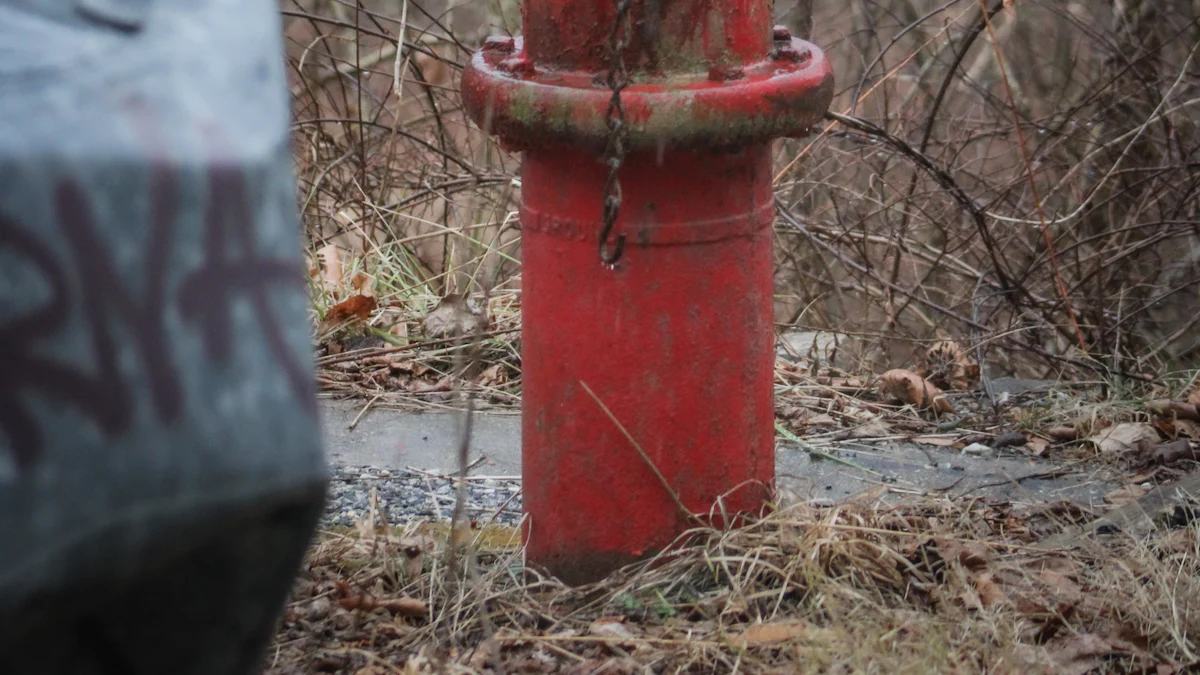
Áreas urbanas de alto tráfego
Em Áreas urbanas de alto tráfego, Os delineadores de controle de tráfego desempenham um papel vital no gerenciamento do fluxo de veículos e em garantir a segurança dos pedestres. Esses ambientes exigem materiais que possam suportar impactos frequentes e condições climáticas duras, mantendo alta visibilidade. Materiais comumente usados incluem polietileno, dobradiças de borracha natural, e bases de policarbonato.
| Tipo de material | Características |
|---|---|
| Polietileno | Flexível, resistente ao impacto, leve, resistente ao tempo |
| Dobradiça de borracha natural | Fornece flexibilidade e absorve o impacto durante as colisões |
| Base de policarbonato | Durável, suporta várias condições climáticas |
O polietileno é frequentemente usado para delineadores de controle de tráfego devido a suas propriedades leves e resistentes ao clima. As dobradiças de borracha natural aumentam a flexibilidade de delineadores de tráfego flexíveis, permitindo que eles se recuperem após colisões. As bases de policarbonato fornecem uma base robusta para delineadores de montagem de superfície nas rodovias, Garantir a durabilidade em zonas de alto impacto. Esses materiais garantem soluções econômicas para o gerenciamento de tráfego urbano, mantendo a visibilidade e a funcionalidade.
Estradas rurais e de baixo tráfego
Estradas rurais e de baixo tráfego exigem delineadores de controle de tráfego que equilibram a durabilidade e a acessibilidade. Nessas áreas, Você pode usar materiais como polietileno e borracha para criar soluções eficazes. A natureza leve do polietileno simplifica a instalação, tornando -o ideal para áreas com recursos limitados. A elasticidade da borracha o torna adequado para delineadores redondos, que podem suportar impactos repetidos de veículos agrícolas ou vida selvagem.
Esses delineadores de controle de tráfego melhoram a visibilidade em áreas com iluminação mínima, Orientar os motoristas com segurança através de curvas e cruzamentos. Sua solução econômica garante desempenho a longo prazo sem forçar orçamentos. Selecionando os materiais certos, Você pode melhorar a segurança e reduzir as necessidades de manutenção em ambientes rurais.
Zonas ambientalmente sensíveis
Em zonas ambientalmente sensíveis, Os delineadores de tráfego flexíveis devem minimizar seu impacto ecológico, mantendo a funcionalidade. Borracha e polietileno são excelentes opções devido à sua reciclabilidade e durabilidade. Delineadores de tráfego flexíveis feitos com esses materiais podem suportar desafios ambientais sem causar danos ao ecossistema circundante.
Você também pode usar delineadores de tráfego flexíveis com propriedades reflexivas para melhorar a visibilidade sem depender Sistemas de iluminação intensivos em energia. Essas soluções garantem a orientação de segurança e veículo para pedestres, preservando o ambiente natural. Priorizando materiais ecológicos, Você contribui para práticas sustentáveis de gerenciamento de tráfego.
Escolher o material certo para delineadores de tráfego flexível envolve o equilíbrio durabilidade, funcionalidade, e custo. Cada material oferece pontos fortes únicos: O poliuretano se destaca em áreas de alto impacto devido à sua resistência, O polietileno oferece uma opção acessível e leve, e a borracha se destaca por sua elasticidade e absorção de choque. No entanto, suas fraquezas, como variados vidas e necessidades de manutenção, deve orientar sua decisão.
Para melhorar a eficiência do gerenciamento do tráfego, Considere materiais que aumentam a visibilidade, suportar desafios ambientais, e adaptar -se a aplicações específicas. Por exemplo, As postagens de delineadoras Flexi-Guide feitas de poliuretano são ideais para zonas de tráfego intenso, Enquanto delineadores de tráfego flexível tubular, criados a partir de projetos conscientes do orçamento de terno de polietileno. Em contraste, delineadores de tráfego flexíveis com componentes de borracha funcionam bem em ambientes dinâmicos.
Tendências futuras apontam para inovações ecológicas, como materiais reciclados e delineadores de tráfego flexíveis movidos a energia solar, que combinam a sustentabilidade com a funcionalidade. Priorizando o valor de longo prazo sobre o custo inicial, Você pode obter desempenho ideal com soluções como delineadores de montagem na rodovia. Em última análise, Alinhar a escolha do material com as necessidades do seu projeto garante a segurança, eficiência, e custo-efetividade.

